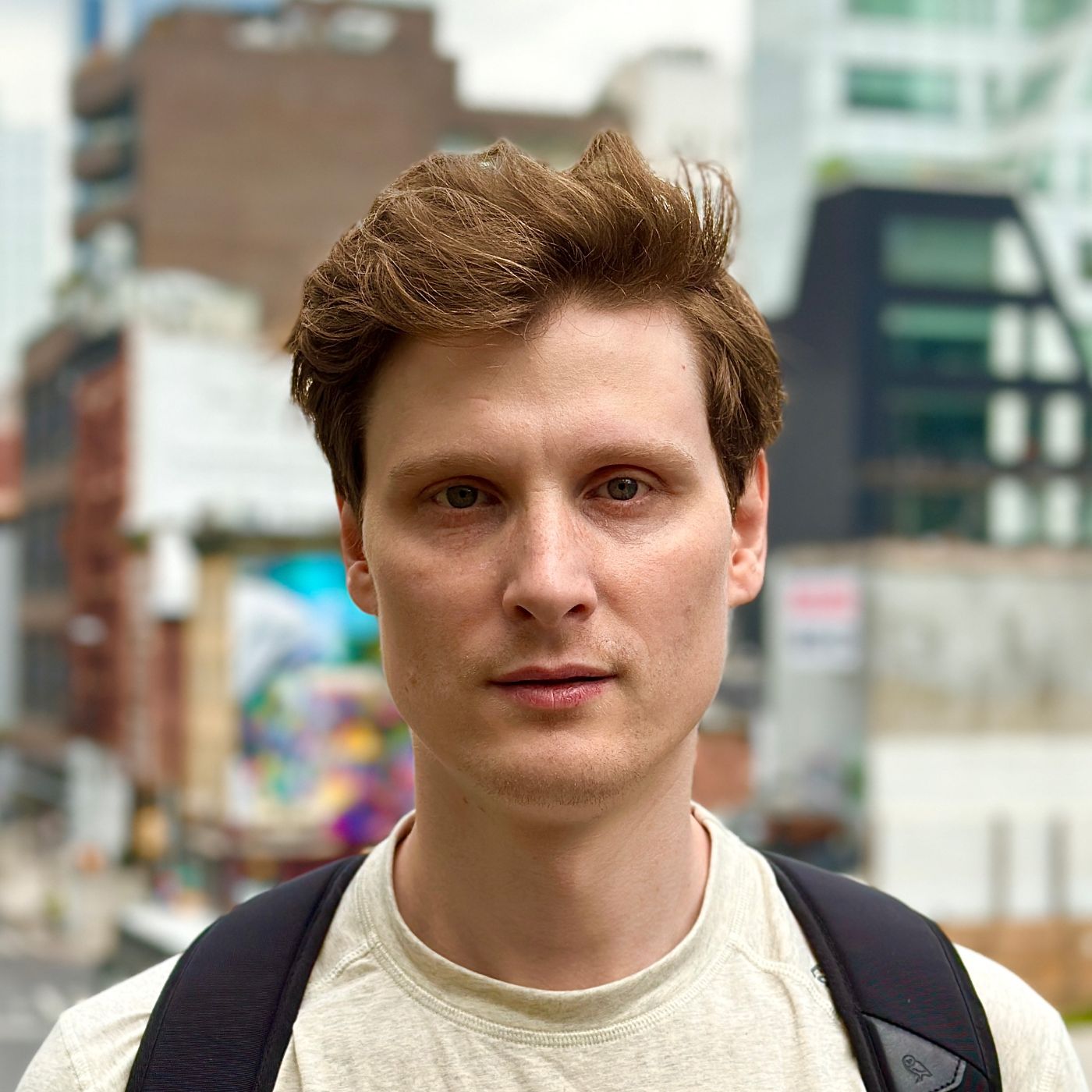Audio Presented by

Senior iOS Engineer at Triumph Labs. Launched WordDeposit and SimpleRuler Apps. Tech writer and public speaker.
Story's Credibility

About Author
Senior iOS Engineer at Triumph Labs. Launched WordDeposit and SimpleRuler Apps. Tech writer and public speaker.